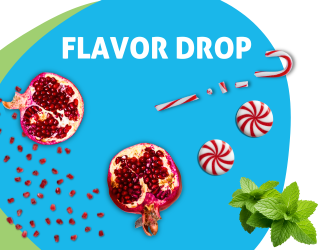
Justin Cline, senior scientist with Imbibe, a technical beverage development company, shares his top 10 list for creating the ideal protein beverage.
- Be sure to understand and clarify the processing capabilities (e.g., thermal processing, batching, ingredient incorporation and mixing, homogenization pressures, etc.) of the production facility before starting any product development. One should develop product on the bench by replicating the processing capabilities of the production facility, not the other way around.
- Stabilization of protein is key. There are several different ways to destabilize a product. Make sure to pay close attention to pH (protein isoelectric point), processing temperatures, and shear within the system—these are some of the most common factors that may cause stability issues.
- Different protein sources may behave differently in the same environment due to the differences in their amino acid profiles and the chemical structures of the protein. When switching between two different sources, it’s necessary to validate their stability and functionality. In some cases, it may require significant formulation changes.
- Thermal processing has temporary effects on the flavor, mouthfeel, and other aspects of the product. After being exposed to extreme heat, it is necessary to let products containing protein “mellow” for at least three weeks to allow the system to equilibrate.
- Refrain from making any formulation and/or processing changes until evaluating samples that have properly aged. Making any changes to formulations before this aging period may be unnecessary and could potentially prolong the process of development.
- Any formulation changes should be tested at pilot-plant scale and in full-scale before starting full production. This could help save lost time and money.
- Don’t hesitate to call suppliers for information on ingredients they are selling. They will know the most about their ingredients and can help point you in the right direction.
- Complete shelf-life studies! Products containing protein can appear to be stable for the first two to three months before they begin to show signs of instability.
- When transferring formulations and processing information to production facilities and/or providing guidance, make sure you are speaking the same language. It is easy to misinterpret technical information.
- Attend the first run! Physically being at the plant can reveal situations that may have been miscommunicated. There are some things that cannot be addressed remotely or over the phone.
Read original post in IFT Food Technology Magazine.



